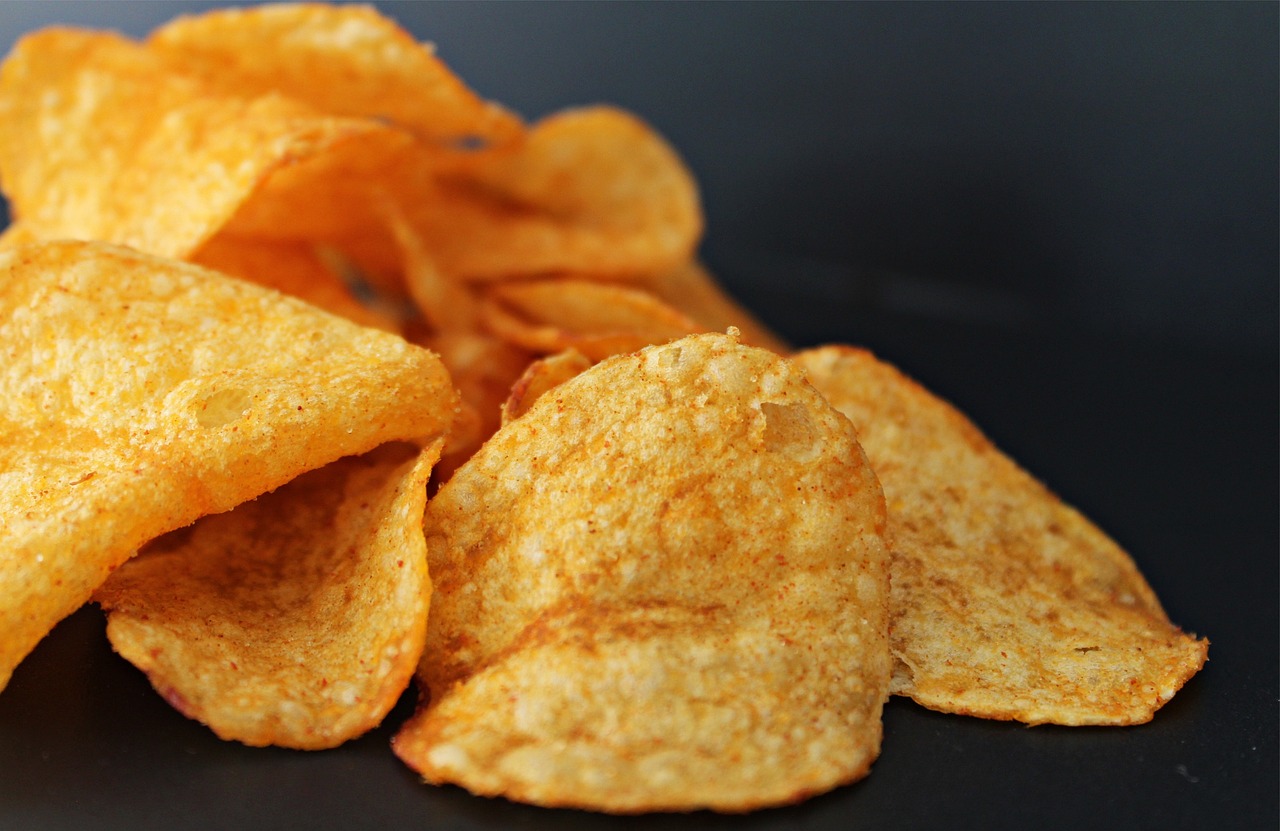The 2020 estimated global market value of packaged potato chips was $30 billion U.S. dollars, and is predicted to reach $43.2 billion by 2026.* We’ll look at Lean and Six Sigma and quality in potato chip production and finish with two videos: one on how potato chips were invented and another on how potato chips are made.
Six Sigma DMAIC Applied to Reduce Chip Production Defects
In a case study titled “Application of the Six Sigma DMAIC in quality control of potato chips to reduce production defects” authors M.H.F. Arifin, S.A. Mustaniroh and S. Sucipto discuss the use of Six Sigma DMAIC to identify and analyze the factors causing defects in potato chips and to design alternative improvement strategies.
Variables Used in the Analysis
- Wholeness
- Color Change
- Crispness
- Size Consistency
The study includes:
- SIPOC Diagram for Potato Chips
- Percentage of Defects for Each Variable and Pareto Charts
- Fishbone Diagram for Crispness for Grades A,B, and C
- Fishbone Diagram for Size Consistency for Grades A,B, and C
You can access the case study here.
Evaluation of Potato Cultivars in Terms of Quality Parameters for Chip Processing
In a case study titled “Evaluation of Quality Parameters of Seven Processing Type Potato (Solanum tuberosum L.) Cultivars in the Eastern Sub-Himalayan Plains” authors Santanu Das and others discuss the evaluation of seven processing type potato cultivars in terms of different quality parameters pre-requisite for chips processing.
NOTE: A cultivar is a plant variety that has been produced in cultivation by selective breeding.
The quality parameters are
- Dry Matter Content
- Specific Gravity
- Starch Content
- Chips Colour Score
- Crispiness
- Hardness of Chips
Per the authors:
“From this two-years trial, it can be concluded that the cultivar ‘Kufri Frysona’ showed the highest dry matter (23.35%) and starch content (28.52%) with the lowest chips colour score (1.50) (on a scale of 1–10) reflecting its superiority amongst the cultivars. Considering its superior quality parameters, this cultivar could be recommended for chips manufacturing potato industries under the sub-Himalayan plains of India.”
You can access the case study here.
Utz Uses Technology and Lean Six Sigma
In a short article title “Utz embraces technology to enhance its expanding operations” author Dan Malovany discusses Utz’s use of technology which includes Lean and Six Sigma.
Each week Utz’s plants produce more than 5.5 million lbs of potato chips, pretzels, cheese snacks, tortilla chips, party mixes, pork rinds, veggie snacks and more.
You can read the article here.
The Accidental Invention of Potato Chips
See it in this video from Great Big Story.
You can see the video here.
How Potato Chips are Made
See how potato chips are made in this video from How It’s Made.
You can watch the video here.
Want to progress further with your Six Sigma career?
Join ISSSP today and access the hundreds of interviews, webinars, whitepapers, case studies, and other resources available in our online library.







Leave A Comment